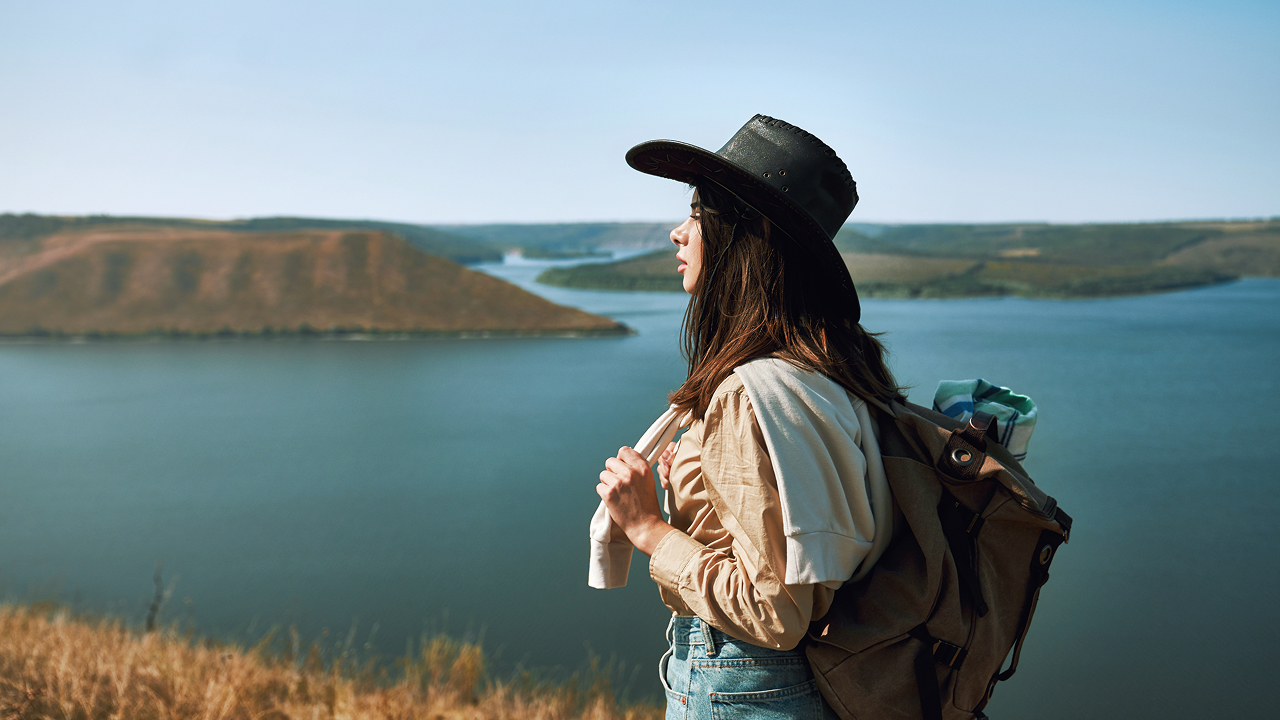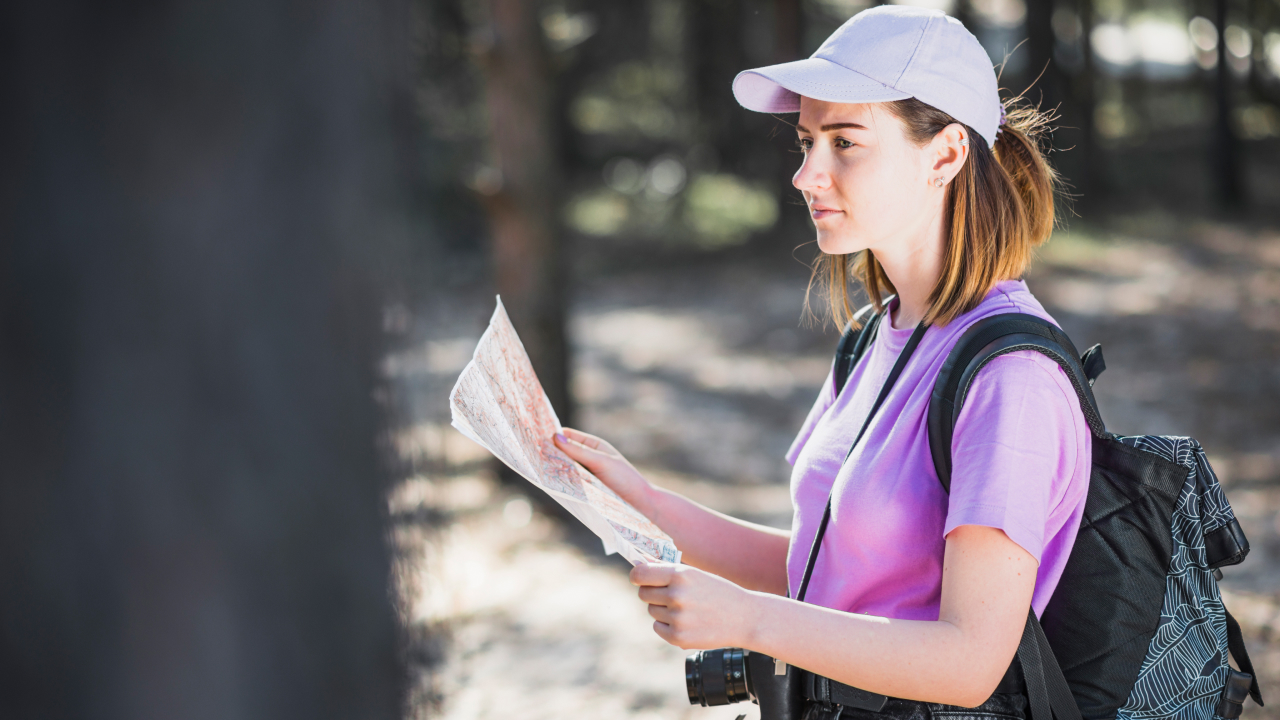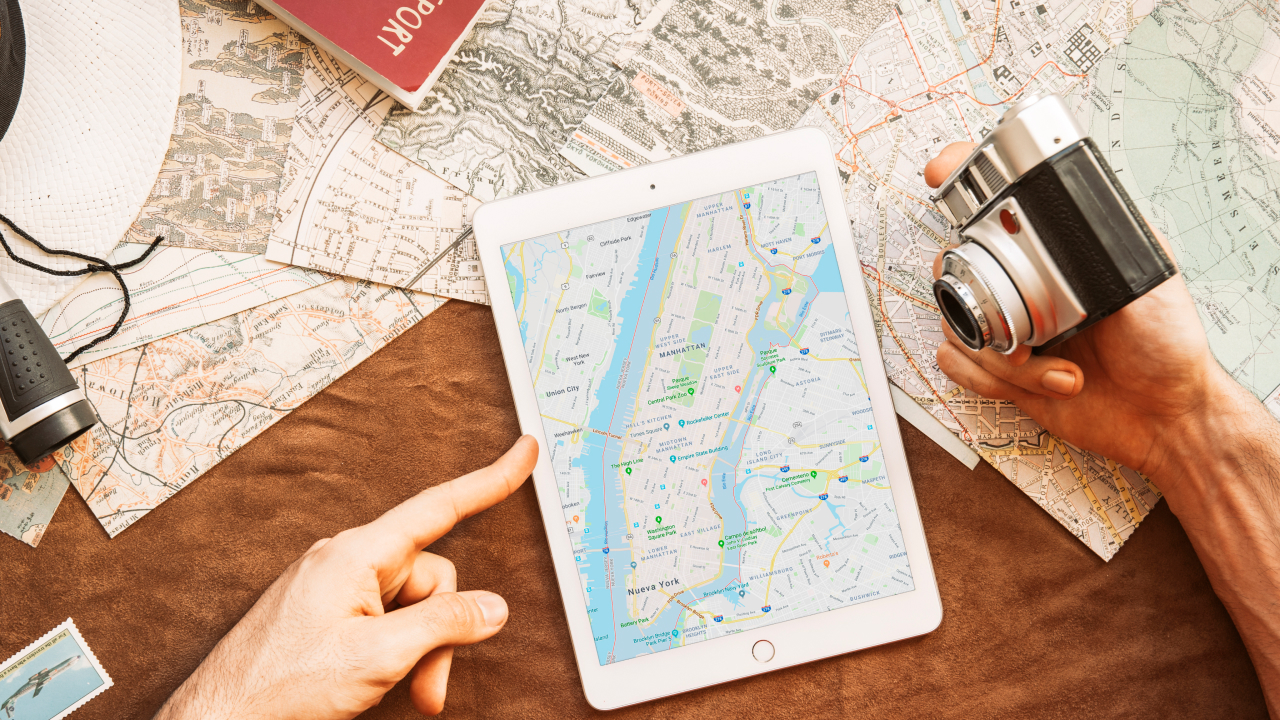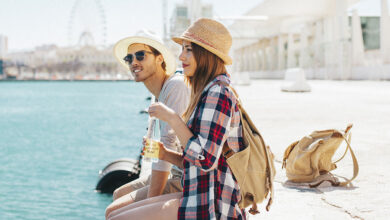Solo Travel Safety: Traveling Alone, But Not Unsafely
There’s something uniquely liberating about stepping away from the known and going it alone – the cafe you walk into by chance, a bus ride that picks up an unexpected story, and watching sunrise without distraction – all while prioritizing solo travel safety.
Solo travel provides freedom, surprise, and authenticity you never experience with group trips. But it also means that everything is up to you – your choices, your security, your adventure.
Table of Contents
This guide shows how to travel solo confidently, by reducing risk, setting up correctly, keeping in mind the big picture, and not just what happens tomorrow. We will present real data-based information and useful psychological strategies for solo travel safety, provide tips that transform problems into experience, and present a mindset that transforms worry into empowerment.
Why Solo Travel Safety Matters?

Interest and desire for solo travel are rising sharply. According to Forbes, 76% of Gen Z and Millennial travelers plan to take at least one solo trip throughout the next year. Solo travel is one of the fastest‐growing sectors within global travel and tourism: As of 2030, it will have a global market value estimated at around $450 billion.
On the other hand, matters related to safety remain an issue. Travel Noire reported that 88% of women who travel alone have been made to feel uneasy about their harmlessness in some way. In another survey by Solo Female Travelers, in the last year, 21% of women worried for their safety while on solo trips, and 61% regarded well being as a top consideration when choosing where to go.
However, most solo female travelers are still comfortable when traveling by themselves – a full 59% according to the same report. So, while there is cause for concern, preparation and awareness significantly raise confidence
This blend of caution and bravery presents a real picture: Solo travel is not inherently dangerous, but it requires attention, planning, and knowledge about both outside hazards and inner attitudes.
Smart & Practical Safety Tips for Solo Travelers

Before diving into the mindset of solo travel, let’s start with what most travelers search for – real, actionable tips for solo travel. They’ve been collected from expert advice, mature traveler experience, and the words of official travel advisories such as Travel.State.Gov and Smartraveller.
Before You Go
- Thoroughly research your destination: Understand the local customs, dress norms, and dangerous areas. Cultural sensitivity is not just good manners – it’s turning the risks away. For example, in certain districts of the same city, modest dress or not wandering around alone at night might reduce your probability of being targeted for attack.
- Let someone you trust have your itinerary: Provide details of your flights, hotels, and local transport plans. A quick daily make-up small talk over WhatsApp or email will make things feel better for both sides.
- Book well-reviewed and safe accommodation: Check out recent customer posts on Booking.com or TripAdvisor that talk about safe access, helpful staff, and location. Always aim for arrival during the day.
- Pack safety devices: Bring a portable door lock, personal alarm, whistle, and backup charger. Some solo travelers also carry a fake wallet with a small amount of cash in it to deter theft attempts.
- Sort out communications and navigation in advance: Obtain a local SIM card or eSIM (such as Airalo) for instant data. Download Google Maps or Maps.me for offline use.
- Get travel insurance: Choose travel insurance that includes medical assistance, theft, and interruptions to your trip. Consider options like World Nomads or SafetyWing for their flexibility.
During the Trip
- Blend in with the local rhythm: Dress suitably and act in a self-assured manner. Avoid excessive attention – appearing lost or anxious is an open invitation for attack.
- Use licensed or official transport: Avoid unmarked taxis. Choose trustworthy services (Uber, Bolt, Careem) or arrange pickups through your hotel.
- Visit new locations during the daytime: Darkness usually increases risk perception and reduces orientation. If you go out at night, make sure that you have planned your trip back home before leaving your hotel.
- Stay sober-aware: If you are fond of nightlife, keep an eye on your drink and stay alert to your surroundings. Alcohol reduces alertness, which is the most important sense to lose.
- Cloak valuables: Put only essentials in a crossbody or anti-theft bag. Leave jewelry, passports, and extra cash locked up.
- Prepare for emergencies: Write down local emergency numbers and the embassy’s contact. Plan them under ICE (In Case of Emergency) in your phone and keep a paper copy in your bag.
- Trust your instincts: If someone or a situation feels wrong, step away without a second glance. Often, intuition picks up subtle cues faster than logic.
Mental & Emotional Protection
Travel safety alone isn’t just tied to physical security; it also involves maintaining mental balance.
- Plan for “safety fatigue”: Overly cautious behavior leads to burnout. Schedule some downtime every day: read, write, or just relax.
- Plan for the Unexpected: Instead of “What could happen if…?”, say “What would I do if it did?” This transition in thought turns anxiety into control.
- Set clear social boundaries: Meeting local people or other travelers is part of the fun, but don’t hesitate to walk away if you feel under pressure. Have a couple of stock phrases read,y such as “I’m meeting somebody later.”
- Celebrating small victories: Every safe bus ride, meal, and meeting builds your resilience and self-assurance as well as the confidence that is your travel muscle.
Pro Tip: Think about solo travel safety in layers – each precaution (sharing your location, planning your route, staying aware) adds to overall protection. No need for fearfulness; just keep yourself informed.
Make Your Protection Framework
Solo’s travel security now goes beyond playing lucky. Think of it as five essential layers.
Environmental Awareness
Research local laws, transport methods, and what is expected culturally. Before setting forth on any trip, check resources like Travel.State.Gov and the UK Government Travel Advice
Smart Logistics
Stick to places that have good reviews because there are public transport connections inside. Keep backup documents (like passport photocopies and emergency money) safe at home, but separate from each other.
Social Safety
Meet other travelers by joining local walking tours, workshops, or solo traveler groups. Sites like Meetup and Reddit’s r/solotravel are admirable for vetting out communities and making connections.
Emotional Grounding
It’s okay to feel lonely and scared – solo travel just heightens one’s sensitivity for safety. When you feel that way, push it down with some resting; when you’re happier or busier than usual, take your foot off the brakes completely to stay emotionally balanced.
Adaptability
If something doesn’t look or feel safe, change it. Confidence does not come from sticking to the plan – confidence will come in knowing that no matter if the original plan fails, you can always make a new one, and it will be better.
Well-Being by Situation
Airports & Transit
Pre-book official airport transfers or use the airport taxi desk. Keep your essentials–passport, wallet, and phone – with you. Never leave your bag unattended.
Accommodation
If possible, stay on the middle floors. Use latches or doorstoppers in your room, and ask for information about the nearest emergency exit at check-in.
Exploring
Avoid isolated shortcuts at night. Sit next to a family on buses or trains. Do your online location registration offline – the post will have to come after you have left the place.
Meeting People
Be careful with your drink, trust your intuition, and make sure you know how to get home during any emergency. Emergency money is best kept apart from what you’re spending on everything else.
Destination Selection 7 Risk Gradient

Not all solo trip destinations are equal. Start with safer, well-structured environments before venturing into something tougher and not so user-friendly.
The Safest Solo Travel Destinations (2025)
According to the Global Peace Index 2024, Iceland, Japan, Norway, Switzerland, Portugal, and Singapore are the safest countries in the world. These lands have low crime rates. The transport systems are reliable, along with strong tourist infrastructures that fit first-time solo travellers.
- Emergence of Safe Regions: Slovenia, Taiwan, Costa Rica and the UAE all exemplify a rich culture and increasing travel repute for solo travel.
- Destinations at Higher Risk: Countries with unstable political climates, minimal transport, or significant gender inequality require extra caution. Check Riskline or Smartraveller for advisories.
- Experience shows: As you take more solo trips, the less fearful and better prepared you are.
The Psychology Behind Security For Solo Travel

Safety is not only physical but also mental. When you are alone, your brain’s natural vigilance is heightened, constantly scanning for possible dangers. This vigilance helps—but it can also wear you down or make you over-cautious
Perceived vs. Real risk
People overestimate strange dangers. A quiet street in Tokyo might feel less secure than an intimate neighborhood at home, even though Japan consistently ranks as one of the safest countries in the world. Awareness of this bias keeps you alert and helps you find a balance between intuition and logic.
Cognitive Load
When you are by yourself, every answer to each question of yours uses energy. Finally fatigue comes, and awareness dulls. Plan some rest; it is part of your safety.
Empowerment over Anxiety
The safer the journey, the more confident you become. Psychologists call this self-efficacy – that is bug-off attitude in action, a belief that you can handle challenges. It is what transforms fear into empowerment, not recklessness.
The Reward of Solo Travel
Yet there are risks, but there are deep rewards. When you negotiate a strange place in solitude, your independence and your ability to adapt grow.
Studies published in Frontiers in Psychology show that solo travel improves emotional regulation and resilience. The capacity to organize and execute plans, adjust to the unknown, and calm oneself in an unfamiliar environment is directly transferred into personal and professional growth.
Solo travel not only teaches you how to deal with uncertainty (in a foreign country and in everyday life), it also increases your courage for the long haul after you return home.
Final Thoughts
Practicing solo travel safety does not mean being overprotective; it means getting ready. Whenever you feel secure, you will make smarter choices, connect more deeply with local communities, and roam more widely.
Here’s what to remember:
- Solo travel is not inherently unsafe; being aware is the key.
- The psychology of things (watchfulness, decision fatigue, intuition) is as important as the logistics.
- Preparation, communication, and the ability to adapt are your best safety values.
- Choose destinations appropriate to your level of experience and then gradually work your way up.
Safety is not merely to stay out of danger, but it is to live meaningfully in the world and to do so with confidence in empowered senses.
So pack the essentials, plan your safety, listen to your gut, and go. The world awaits, and it’s safer out there than you would imagine if only you travel smart!
Read More: Complete Travel Essentials List
